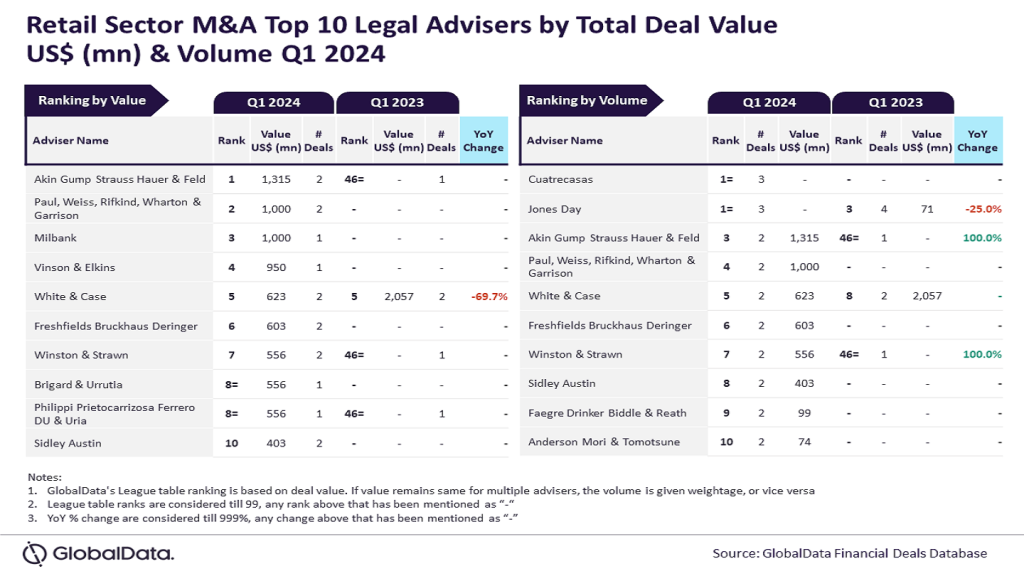
In a rapidly evolving retail landscape dominated by the convenience of e-commerce, mall owners and operators find themselves at a critical crossroads. The choice is clear: adapt to changing circumstances or risk becoming obsolete in the eyes of the modern consumer.
According to Coresight Research’s 2023 report on malls, the consensus is that malls, particularly those considered ‘top-tier,’ remain competitive, attractive, and here to stay.
However, this resilience does not translate to stagnation. Mall owners are actively leveraging innovative strategies and technology to shape the retail experience and stay relevant in the face of evolving consumer expectations.
In an exclusive interview with David Blumenfeld, co-founder of NextRivet, a retail technology innovation consultancy, we explore the ways in which mall owners are navigating this shifting landscape.
Embracing technology for enhanced shopper experience
The ease of online shopping has not only raised consumer expectations but also compelled mall owners to integrate technology seamlessly into the retail experience.
See Also:
Blumenfeld highlights the significance of Customer Engagement Platforms (CEP), stating, “CEPs provide a personalised solution for each individual based on their past engagement, using logged data from various touchpoints throughout the shopping experience.”
How well do you really know your competitors?
Access the most comprehensive Company Profiles on the market, powered by GlobalData. Save hours of research. Gain competitive edge.

Thank you!
Your download email will arrive shortly
Not ready to buy yet? Download a free sample
We are confident about the unique quality of our Company Profiles. However, we want you to make the most beneficial decision for your business, so we offer a free sample that you can download by submitting the below form
By GlobalDataThis technology not only creates a frictionless experience but also builds loyalty through rewards, fostering an omnichannel approach that resonates with modern consumers.
Recognising that the visitor’s journey begins before they enter the stores, Blumenfeld emphasises the importance of a fully digital and frictionless parking experience.
By simplifying parking and payment processes, mall owners can make a positive first impression and set the tone for a seamless shopping experience.
Addressing challenges and innovating the shopping space
The challenges faced by mall operators are multifaceted, from the surge in e-commerce demand during the Covid-19 pandemic to the emergence of new competitors like Netflix entering the retail space.
Blumenfeld observes, “To get ahead of the competition, malls must increasingly recognise their target consumer and tailor their offering to them.” This involves understanding and adapting to changing consumer behaviors, as well as reimagining the use of physical space within malls.
One innovative approach highlighted by Blumenfeld is micro-fulfilment, a concept where malls optimise space by turning unused areas into fulfilment centres for quick deliveries.
This strategy allows malls to compete with e-commerce giants like Amazon by providing speedy delivery services while maintaining a physical presence.
Leveraging data analytics and technology for informed decision-making
Data analytics and technology, particularly ‘spatial intelligence’ solutions, play a crucial role in helping mall owners make informed, data-driven decisions.
Blumenfeld explains, “These solutions use machine learning and artificial intelligence to collect live insights on visitors’ movements through the mall.” These insights empower mall owners to optimise the layout, identify overcrowded areas, and enhance the overall shopping environment for both visitors and tenants.
Seizing future trends and opportunities
Looking ahead, Blumenfeld emphasises the importance of investments in omnichannel strategies to drive growth for malls.
He notes a Coresight Research report indicating that a combination of physical and digital elements can produce a halo effect for brands, making customer acquisition more cost-effective and meeting evolving customer expectations.
Micro-fulfilment continues to be a trend with the potential to rebalance the physical and digital aspects of shopping, addressing the challenges posed by the popularity of e-commerce. Malls, as destinations, should invest in creating experiences that go beyond mere transactions and capitalise on disused space for micro-fulfilment centres.
Prioritising sustainability and eco-conscious design
In the era of increasing environmental awareness, sustainability and eco-conscious design are pivotal considerations for mall owners.
Blumenfeld highlights Citycon, a real estate owner with 33 shopping centres across the Nordics and Baltics, as an example of a company aiming for net-zero emissions by 2030.
Implementing energy-efficient practices and leveraging AI for data insights, malls can contribute to the global goal of sustainability while also saving costs and enhancing customer loyalty.
As the retail landscape continues to evolve, mall owners must not only adapt to change but also proactively shape the future of retail.
By embracing technology, leveraging data analytics, and prioritising sustainability, mall owners can create vibrant and engaging spaces that remain relevant and appealing to the modern consumer.







